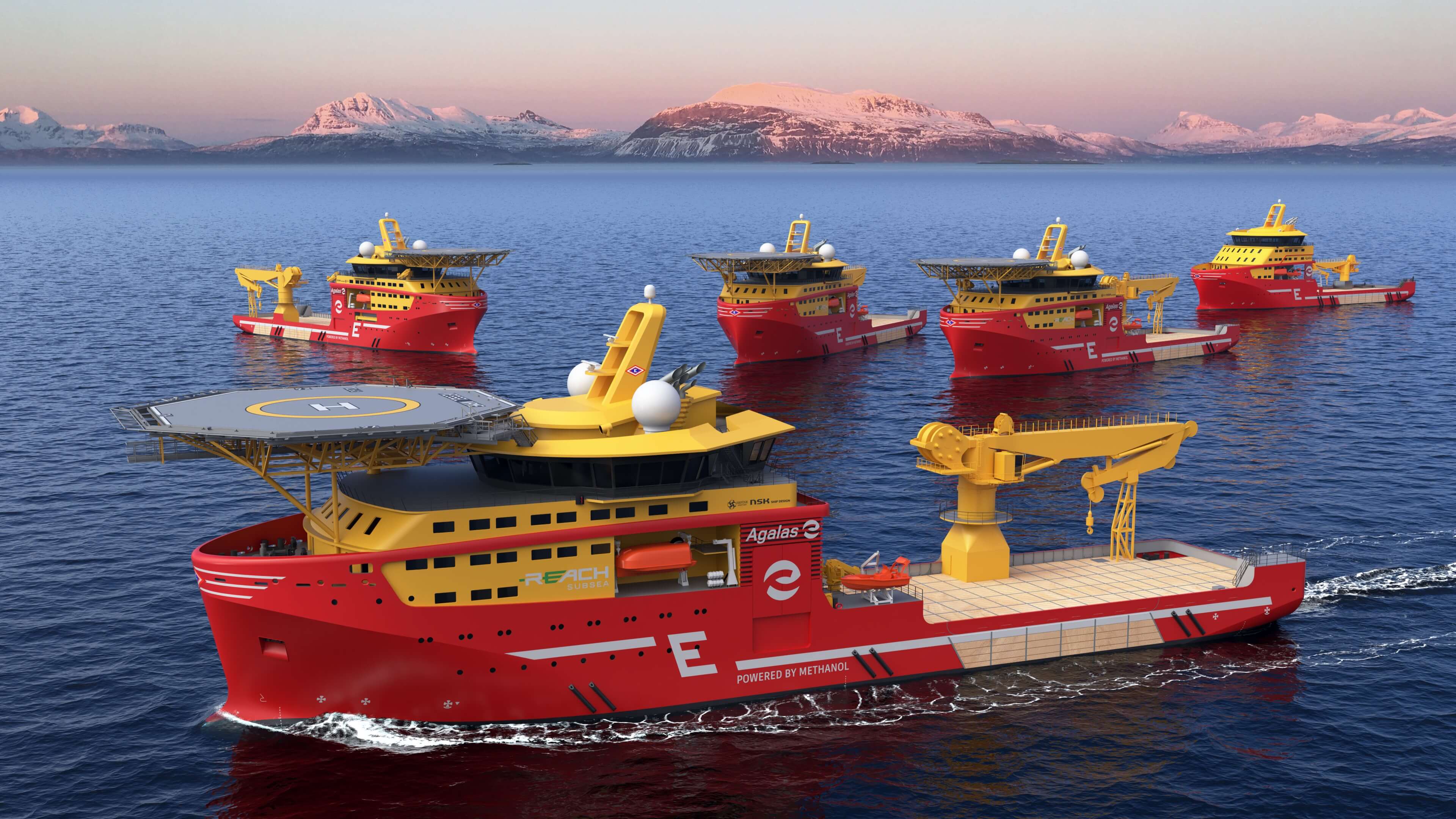UPDATED 1 Sept: The EI library in London is temporarily closed to the public, as a precautionary measure in light of the ongoing COVID-19 situation. The Knowledge Service will still be answering email queries via email , or via live chats during working hours (09:15-17:00 GMT). Our e-library is always open for members here: eLibrary , for full-text access to over 200 e-books and millions of articles. Thank you for your patience.
New Energy World™
New Energy World™ embraces the whole energy industry as it connects and converges to address the decarbonisation challenge. It covers progress being made across the industry, from the dynamics under way to reduce emissions in oil and gas, through improvements to the efficiency of energy conversion and use, to cutting-edge initiatives in renewable and low-carbon technologies.
Ship-based carbon capture demonstration pilot suggests capture rates up to 85% are achievable
28/2/2024
News
The trial of a prototype ship-based carbon capture (SBCC) technology has shown ‘very promising’ results, according to developer Carbotreat.
The SBCC demonstration project is being run by the EverLoNG international project consortium*. The technology was installed onboard the Seapeak Arwa, an LNG-powered carrier chartered by TotalEnergies, in September 2023. The testing campaign, which concluded mid-February, is claimed to be the ‘the first deployment anywhere of a “full-chain” onboard system comprising capture, liquefaction and storage facilities’.
The demonstration project focused on the performance of the capture system running for over 1,000 hours, during which the unit captured up to 250 kg/d of CO2.
The initial results are reported to be ‘very promising’ and show that ‘capture rates of up to 85% are achievable’. With further system optimisation, the consortium says it ‘is confident of more’.
As well as assessing the impact of SBCC on the ship’s infrastructure and emissions, EverLoNG researchers are studying the effects of motion on CO2 capture rates and of exhaust gas impurities on capture solvent performance.
Although there is a dedicated operator onboard to oversee operation of the system, the prototype and vessel designs also enable remote performance monitoring and supervision from shore. This is said to enable a safer and more efficient learning campaign, providing real-time data that will be shared publicly. A public webinar on the first testing campaign will follow soon, say the EverLoNG project partners.
Following the trial, the SBCC unit will be removed and installed on board the semi-submersible crane vessel Sleipnir from Heerema Marine Contractors, where a second campaign of around 500 hours will take place.
The second campaign will see the full carbon capture, use and storage (CCUS) chain in operation. The captured CO2 will be stored onboard as a liquid in a container. The container will then be offloaded, and the CO2 transported to an industrial site for utilisation, or stored permanently in the geological subsurface.
EverLoNG Project Coordinator Marco Linders of TNO says: ‘The initial results from the capture unit are very promising and we know that there is more to come. Both this and the second campaign will be important milestones in getting closer to making SBCC a commercial reality. The need to decarbonise the maritime sector is most pressing and there quite simply is no time to waste.’
The global shipping sector is responsible for 3% of global greenhouse gas (GHG) emissions, which, according to the International Council on Clean Transportation, accounts for more than 1bn tonnes of CO2 annually. Shipping represents one of the greatest challenges for reaching net zero in the transport sector, as it cannot be electrified like most road transport.
*The EverLoNG international project consortium, which is led by TNO, includes MAN Energy Solutions, Forschungszentrum Jülich (Germany); Conoship International, Carbotreat, VDL AEC Maritime, Heerema Marine Contractors, Anthony Veder (Netherlands); TotalEnergies, Sintef, Bureau Veritas, ÅKP, DNV (Norway); Lloyd’s Register; Scottish Carbon Capture & Storage (UK); and Los Alamos National Laboratory, Nexant Energy and Chemical Advisory (US).
World’s first methanol-powered vessel for subsea and offshore wind
Meanwhile, Norwegian shipowners Eidesvik Offshore and Agalas have joined forces to build a construction support vessel to perform subsea and offshore wind operations. Equipped with methanol-powered engines and a battery hybrid system, the joint venture claims it will ‘set a new standard for the industry’.
Methanol, whose chemical formula is CH3OH, has attracted interest in the shipping world recently. It is said to be cleaner-burning than bunker diesel, although its energy density is lower than both petrol (gasoline) and methane.
The vessel, developed with designer NSK Ship Design, is to be built at the Sefine Shipyard in Turkey, with delivery in early 2026. The newbuild will be equipped to perform inspection, maintenance and repair (IMR) work. Upon delivery, she will enter into a three to five-year time charter with Reach Subsea. Management of the vessel, including crewing, will be provided by Eidesvik.
‘This new asset aligns perfectly with our strategy, which is founded on sustainable shipping solutions and long-term partnerships with our clients. The versatile vessel is designed to meet the demands of both the oil and gas sector, and the offshore wind industry. This flexibility increases our capabilities and competitiveness in the future energy mix,’ comments CEO and President of Eidesvik Offshore, Gitte Gard Talmo.
Eidesvik and Agalas state that demand for vessels in the subsea market is about to outpace supply.

CGI rendering of Eidesvik Offshore and Agalas’s new construction support vessel that will perform subsea and offshore wind operations
Photo: Eidesvik Offshore
